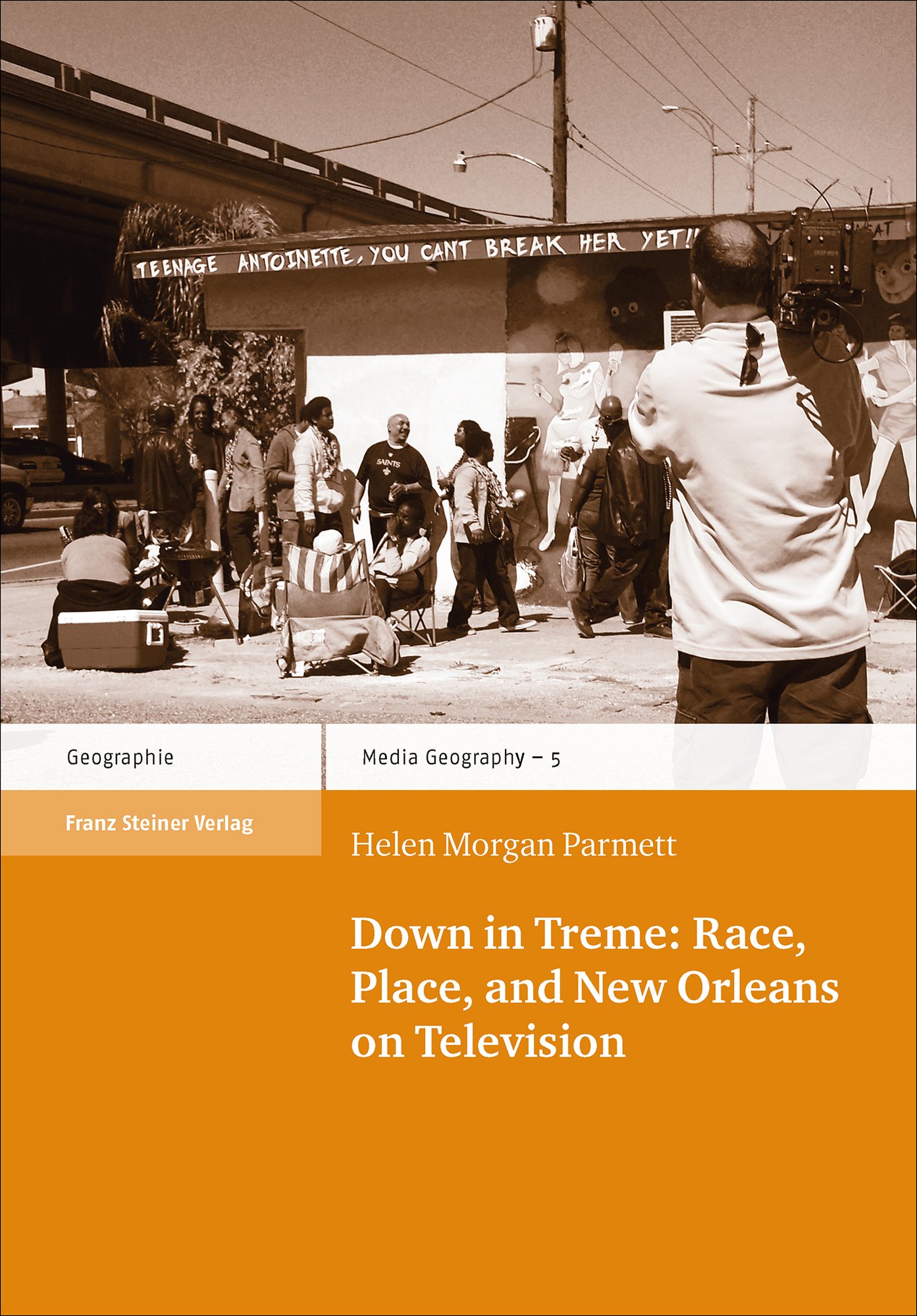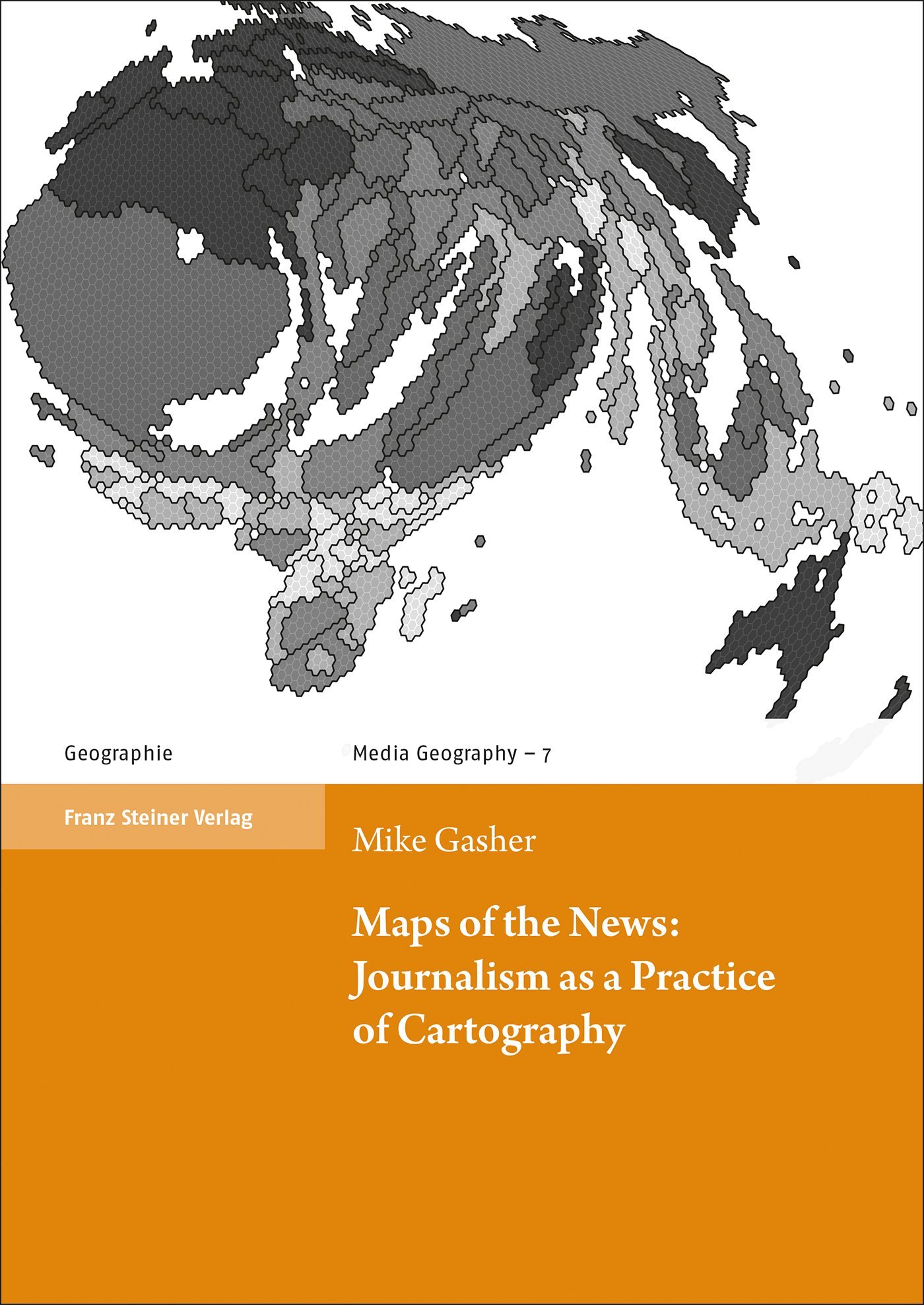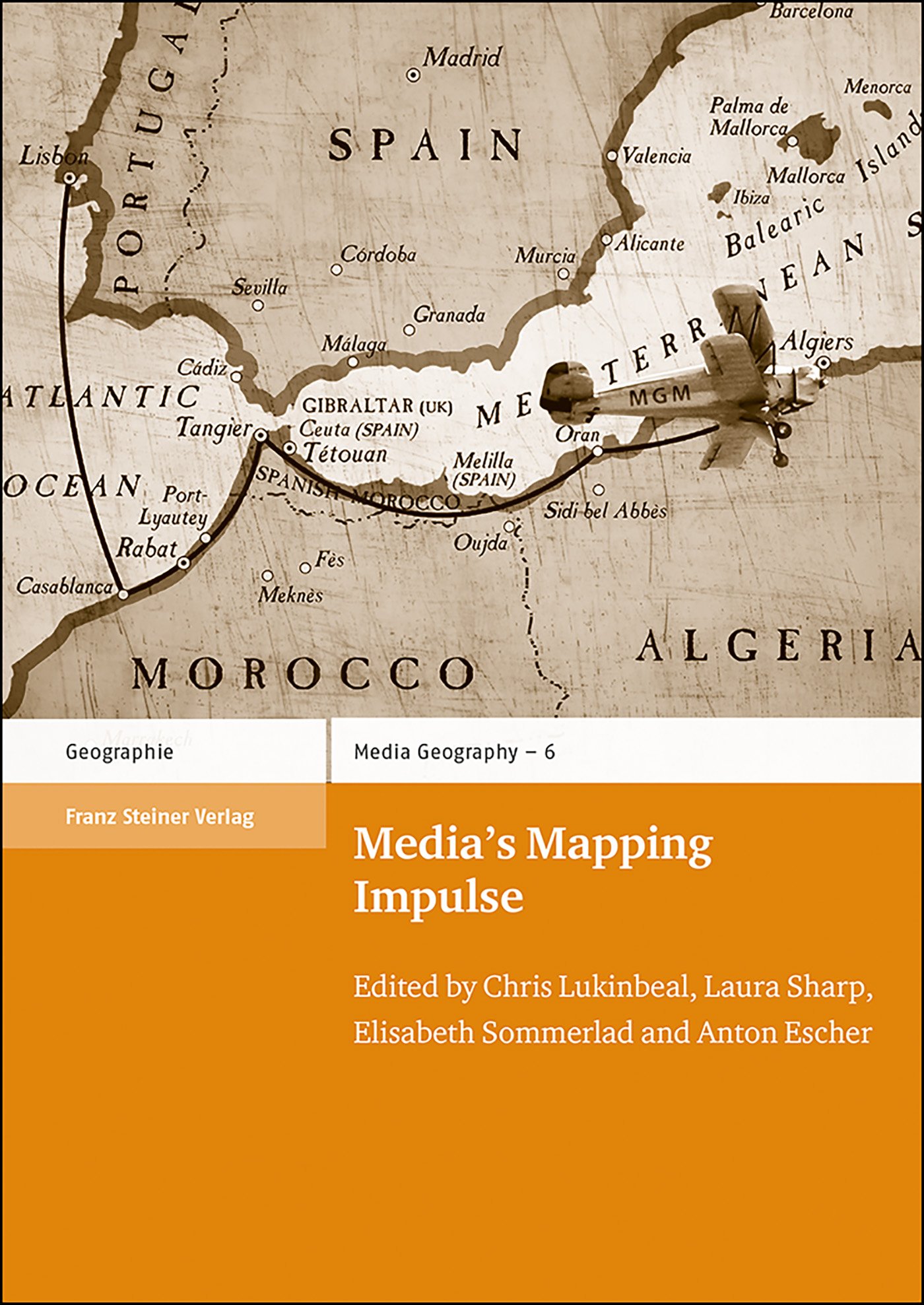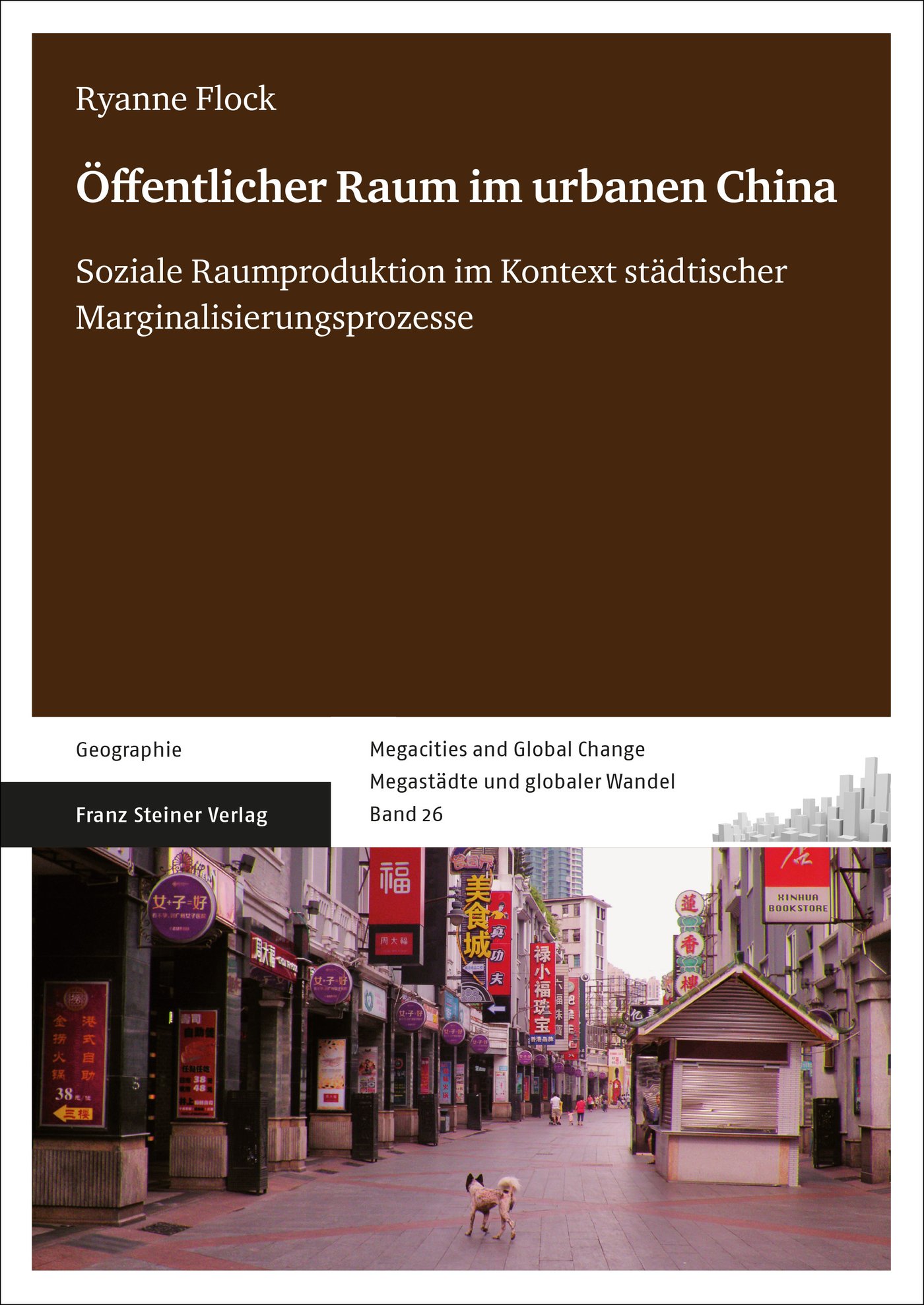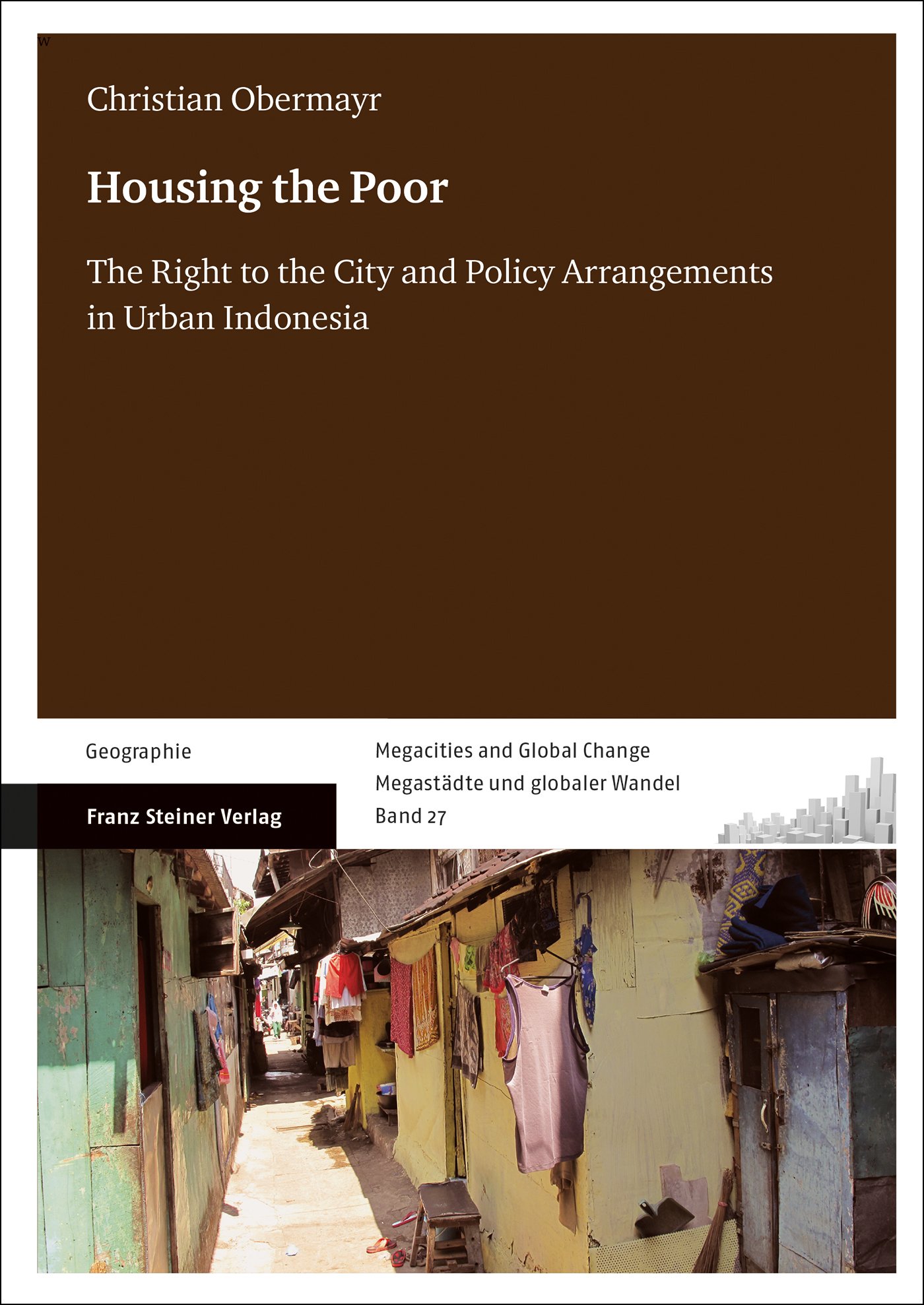Down in Treme: Race, Place, and New Orleans on Television
Termed 'Hollywood South,' New Orleans is the site of a burgeoning cultural economy of film and television production. In the wake of Hurricane Katrina, this production plays an important role in the city's rebuilding. Down in Treme: Race, Place, and New Orleans on Television takes the HBO series Treme, filmed on-location in New Orleans, as a case study for exploring relationships between television production and raced and classed geographies in the rebuilding of post-Katrina New Orleans. Treme demonstrates how city efforts to attract film and television production collide with the television industry's desire to create new forms of connection for increasingly distracted audiences through the production of "authentic" connections to place. Down in Treme explores what is at stake in these collisions for local culture and struggles over the right to neighborhood and city space. By putting post-broadcast television studies, critical race theory, and urban studies into conversation, Down in Treme provides a poignant case study that enjoins scholars to go beyond the text to consider how media industries and production practices intervene into the contemporary media city.
„The book is innovative and rare in television studies scholarship; not only does it tackle the televisual representation of post-disaster New Orleans but it goes beyond textual and visual analysis to investigate the involvement of television production itself in the reconstruction efforts, analyzing how the materiality of television has an impact on urban space. […] The book is a must-read, not only for those interested in New Orleans or Treme, but also all television studies scholars who are interested in the connections between the narrative text and the industry, an space, media and race.“
Ipek A Celik Rappas, Critical Studies in Television 18,1 (2023)
| ISBN | 978-3-515-12182-8 |
|---|---|
| Media type | eBook - PDF |
| Edition number | 1. |
| Copyright year | 2019 |
| Publisher | Franz Steiner Verlag |
| Length | 216 pages |
| Illustrations | 2 b/w figs. |
| Language | English |
| Copy protection | digital watermark |
